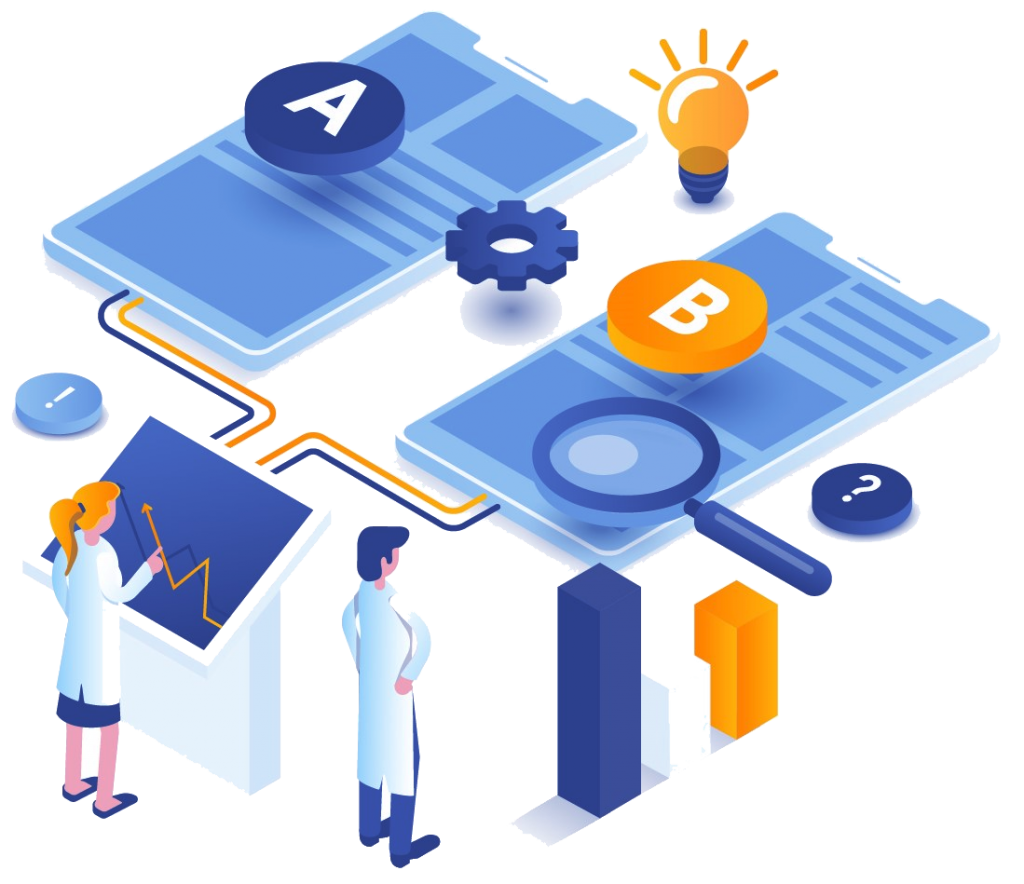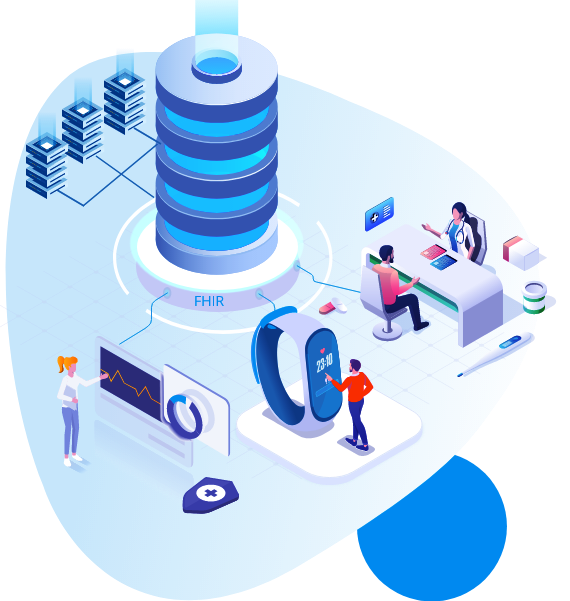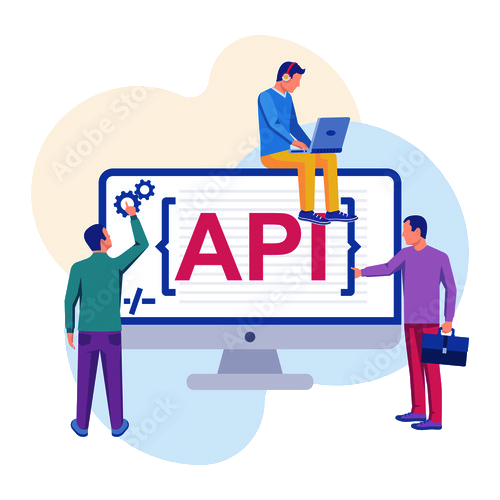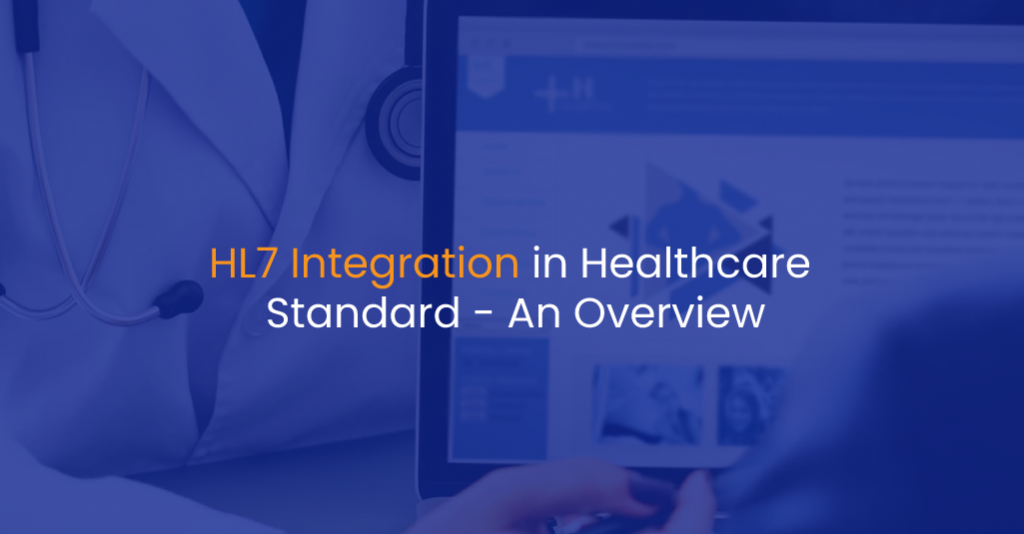Many healthcare practitioners and facilities must access multiple electronic systems to examine essential patient information and documentation. However, this can be challenging since data might be distributed across several hospitals and clinics that are not linked to local systems.
Furthermore, it may be provided in several forms and clinical classifications, leading to ambiguity and misinterpretation. As a result, addressing these issues may be exceedingly stressful for both doctors and patients. Implementation and integration of an HL7 interface and standards have grown in favor of the healthcare business to alleviate these difficulties.
HL7 is presently used by more than 90% of healthcare facilities in the United States and 27 other countries, making it a worldwide standard. After all, it acts as a conduit between providers, enhancing interoperability. It also allows for data exchange and transfer, making it essential in the business.
This article will look at what an HL7 interface is in healthcare, how it works, why systems require HL7 data integration, how to connect an HL7 with APIs, and the benefits of HL7.
What Exactly Is HL7?
Health Level Seven (HL7) is a set of formatting standards and recommendations intended to help healthcare practitioners with data transfer and exchange.
This framework is created by specifying how electronic healthcare data, such as clinical and administrative data, is packed and transferred. Defining the language, type, and structure are all part of this process.
This simplifies interface implementation and eliminates the need for clinical apps to design specialized interfaces. It also bridges the gap between healthcare IT applications by allowing for easy integration of any system. Compliance with HL7 standards simplifies and enhances data sharing as compared to earlier methodologies.

These standards were developed by Health Level Seven International, a non-profit organization dedicated to creating a comprehensive system for the interchange, integration, distribution, and retrieval of electronic health information. Adoption of these standards has enhanced clinical processes and also healthcare administration, implementation, and evaluation.
HL7 is now supported by approximately 1600 members from over 50 countries, including corporate members representing healthcare providers, government stakeholders, pharmaceutical companies, and consultancy businesses. Learn about our most recent initiative, The Locum app, a ground-breaking staffing platform for pharmacies and pharmacists.
What Is The Need For Hl7 Integration In Healthcare?

Many healthcare practitioners rely on software and electronic systems to conduct tasks such as billing, medical record maintenance, telemedicine, and patient record updates.
The problem is that communication across different software and systems is incredibly challenging. As a result, HL7’s mandated requirements ensure that data may be easily incorporated into systems without the necessity of specialized software. The relevance and utility of electronic health records (EHRs) may be maximized by having a shared and consistent language in terms of content and structures for clinical classes.
Additionally, information may be communicated without ambiguity or risk of misinterpretation, allowing for improved care delivery. Furthermore, as data exchange becomes easier, providers’ administrative and logistical burdens will be lessened. More information will be available, as well as clinical efficiency will improve, allowing physicians to make better clinical judgments.
Hl7 Integration Through The Use Of Application Programming Interfaces (APIS)
Traditional integration strategies, as valuable as the HL7 standards are, are insufficient to fulfill the demands of current healthcare practitioners. After all, as the industry and technology progress, medical experts will be required to embrace non-clinical applications.
Mobile and SaaS apps have grown more entangled with the online medical business, yet they employ data formats that the bulk of clinical systems are unfamiliar with. APIs must be utilized to scale these integrations to easily link these fundamentally disparate message standards.
APIs provide a standardized and public interface, allowing any approved application with the appropriate security authentication to transmit and receive data.

This allows for quick and seamless connectivity across numerous platforms and third-party apps. Businesses may profit from the ability to provide data to various government departments to fulfill public health reporting regulations.
To influence informed medical decisions, healthcare practitioners can also exchange patient health information with community care groups and other third-party medical institutions. Furthermore, an HL7 integration case study demonstrates that by leveraging the same set of APIs with these related partners, communication time may be reduced by more than half.
Another advantage is that APIs enable real-time interoperability by giving ways for publishing, modifying, and retrieving complicated data.
Applications for HL7 Integration Strategies
Procedural Automation
The interchange of data will be automated, reducing administrative load while boosting clinical performance.
Patients Will Benefit From Easier Service
Patients will be able to easily view their test results and medical data online. They will also save time by not having to bring their paperwork from specialist to specialist.
Incoming Patient EHR Management
Data transport and storage will be enabled through HL7 integrated software systems, allowing healthcare professionals to readily access the medical information of their new patients.
Information Exchange Among Healthcare Providers
Services will be able to transmit information in a uniform and simplified manner, minimizing delays, misinterpretations, and ambiguity.
Information Sharing with Regulators
Data may be readily and efficiently transmitted to government organizations and regulators to fulfill public health reporting criteria.
Reduce Spending on New Services and Programs
By leveraging HL7 as an interface engine, healthcare providers will be able to continue using their present information systems, extending the life and ROI of their systems.
Errors And Risks Should Be Reduced
Because HL7 is a set of formatting standards, there’d be less ambiguity within health records, which would reduce the likelihood of errors.
Save Both Time And Money
HL7 would streamline and speed data transfers, saving administrative and operational time and costs.



